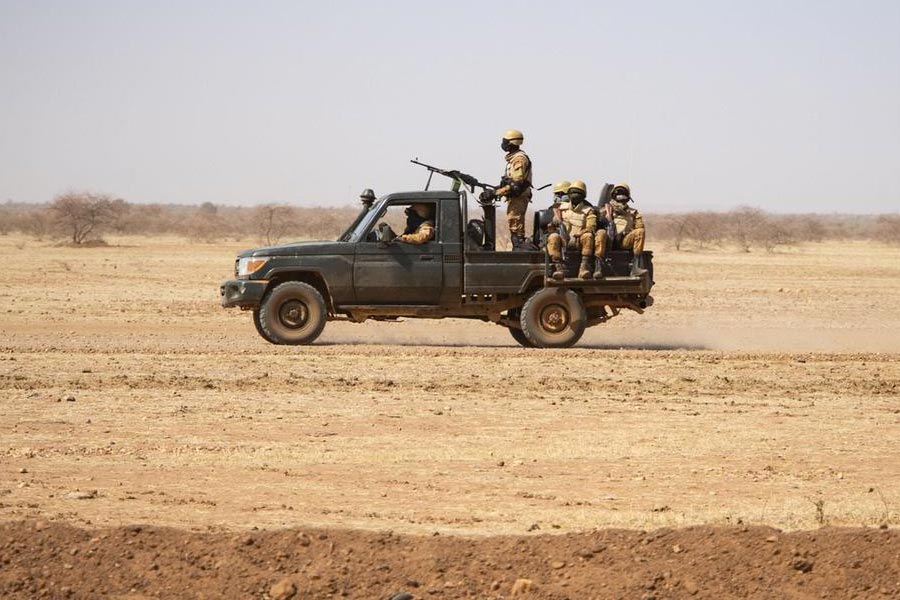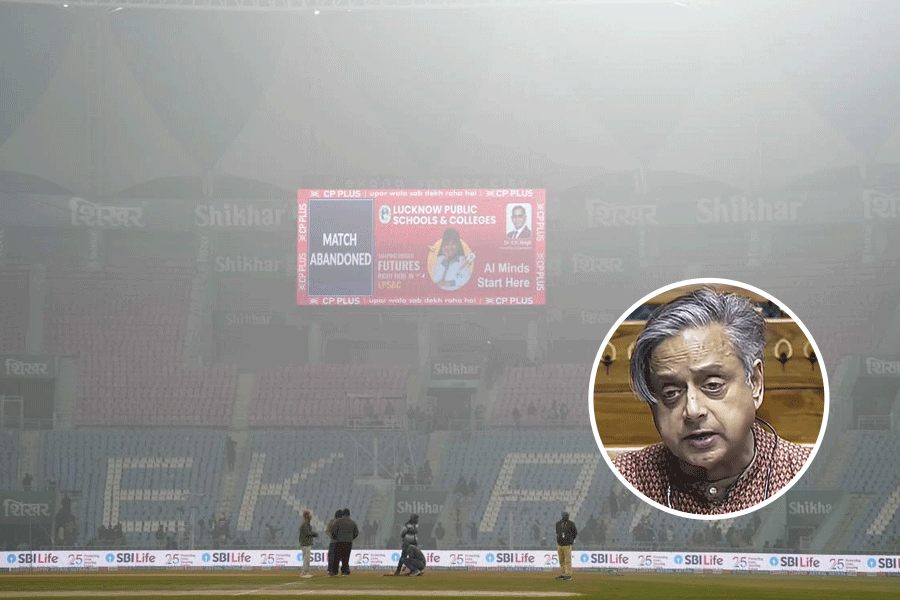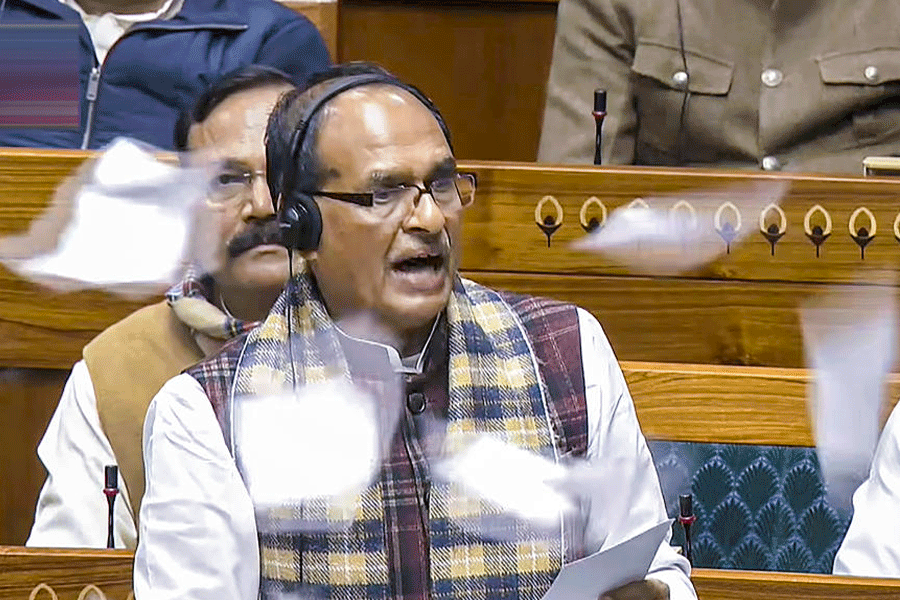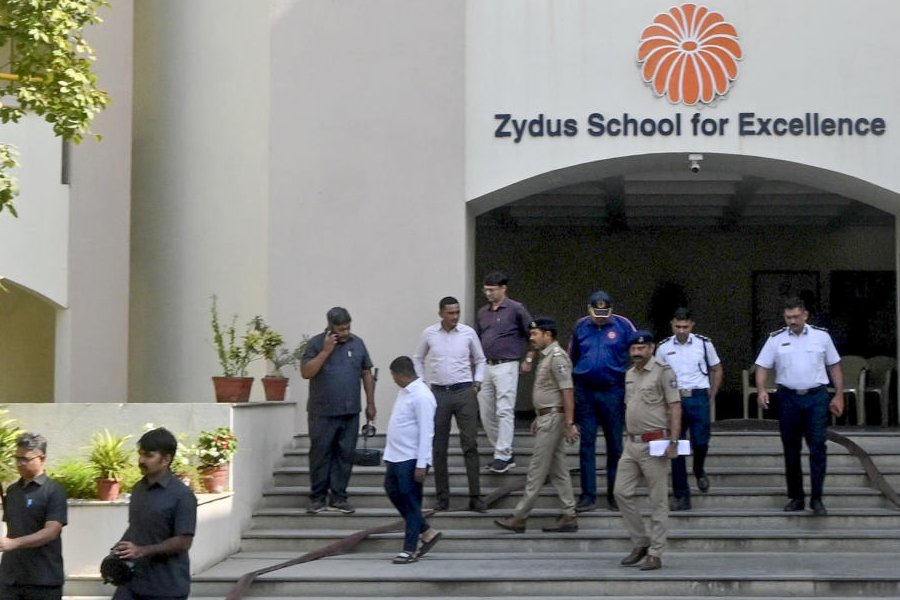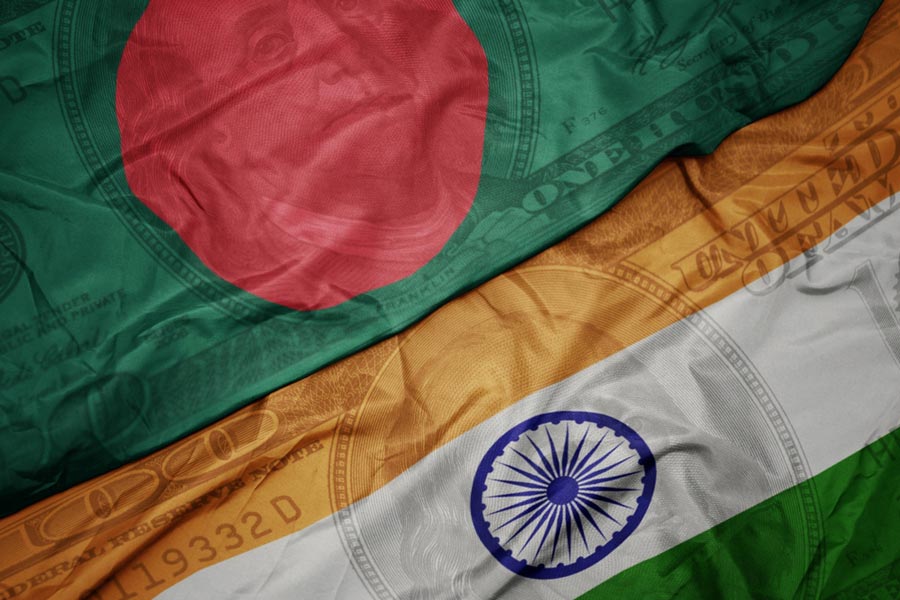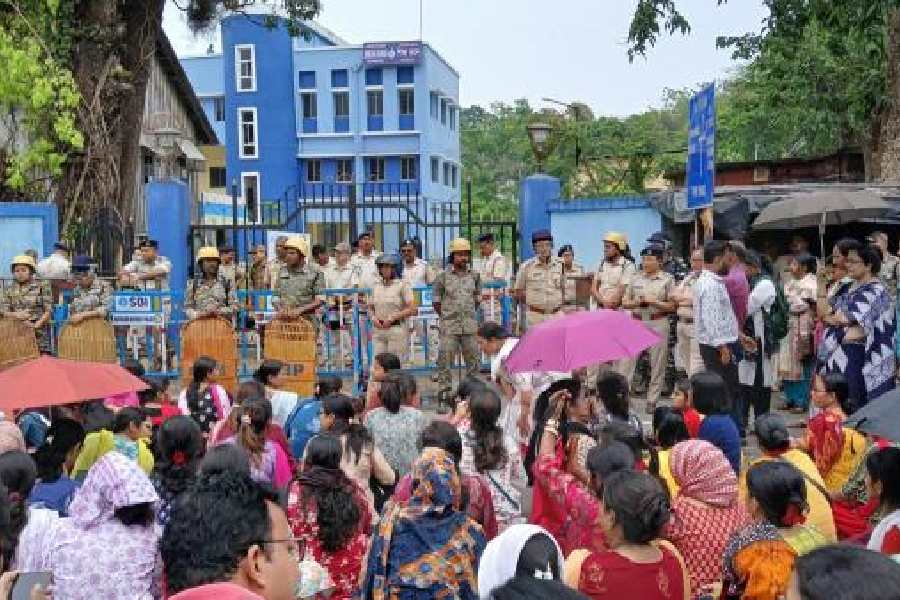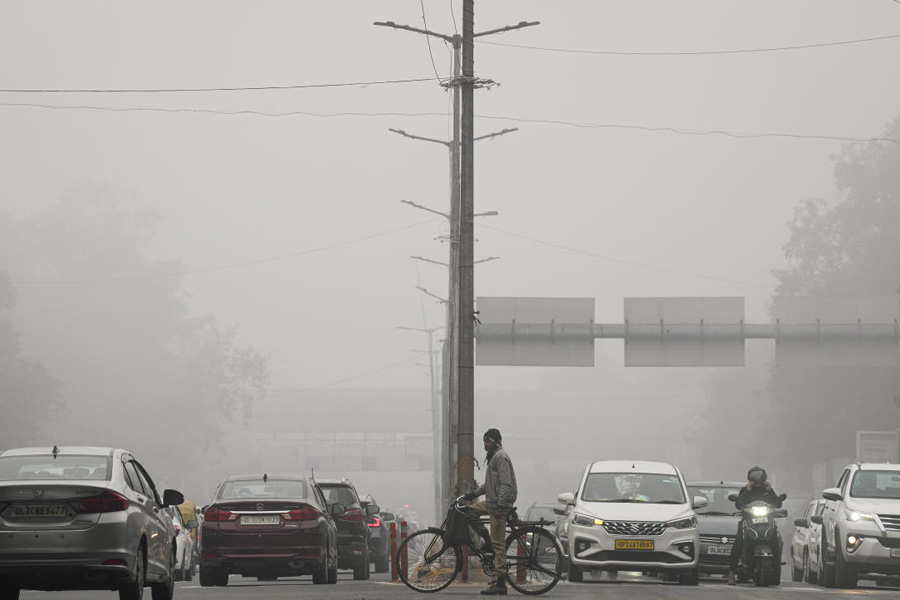Thousands of innocent people killed. Tens of thousands more pro-democracy protesters locked up. The return of military rule has wreaked havoc in Myanmar in recent years.
Now the junta is growing increasingly brutal as a rebel uprising has gained ground in the countryside.
It has put new effort into imprisoning dissidents and the men and women who refuse to join its forces. And it is meting out increasingly lethal treatment to those in custody. In the first two months of the year, more than 100 prisoners perished, either from torture or neglect, human rights groups and former detainees say. Conditions in military-run prisons have deteriorated further, they say, with prisoners being deprived of food, proper sanitation and health care, and facing horrific torture.
“Since November, conditions have been getting worse and worse,” said Myar Reh, a pro-democracy student activist who was released from a prison in Karenni state in January after being held for nearly three years.
“They punched me in the face, hit me with the butt of the gun. My whole body was covered in blood. They also threatened to shoot me in the head, and shot live rounds beside my head.”
Gen. Zaw Min Tun, the military spokesperson, did not respond to requests for comment.
In February, the military announced a mandatory draft, in a sign it was on the defensive. That order could be used as a pretext by the military to launch a new campaign of arrests because anyone resisting conscription faces up to five years in prison. The junta has said that it will start clearing out prisons, releasing thousands of detainees.
But any such freedom is likely to be temporary: Rights groups point out that last year, the junta made similar “amnesties,” but soon went on to rearrest many of those released.
One rights group, Myanmar Witness, said it had studied satellite photographs that suggested that whole new prison complexes were being built, and that new buildings were going up near existing prisons.
For those who remain in the military’s hands, detention can be lethal. Ko Yar Shin, 43, who was beaten in prison and denied proper and timely health care, succumbed to his injuries in January, according to the Human Rights Foundation of Monland, a pro-democracy group of the ethnic Mon people of Myanmar. Ko Pyae Phyo Aung, 31, who had an unexplained stomach illness, also died in January under similar circumstances, it said. Both had been arrested by the junta for protesting its rule.
They are among the nearly 120 dissidents who died in the military’s custody in the first two months of this year, according to the Assistance Association for Political Prisoners (Burma), which tracks detentions and uses Myanmar’s former name. That compares with 602 similar fatalities last year.
Since the coup in February 2021, more than 1,500 people have died in the junta’s detention, according to the group. The current regime, it said, has tortured dozens of detainees to death. It estimates more than 20,000 people remain in the junta’s custody, while the civilian death toll has surpassed 4,500.
The governing military, known as the Tatmadaw, has long been known for bombing civilians, using them as human shields, persecuting minorities including the Rohingya people and torturing pro-democracy activists. It briefly allowed a democratically elected government under Aung San Suu Kyi to share power before seizing full authority again three years ago.
New York Times News Service

